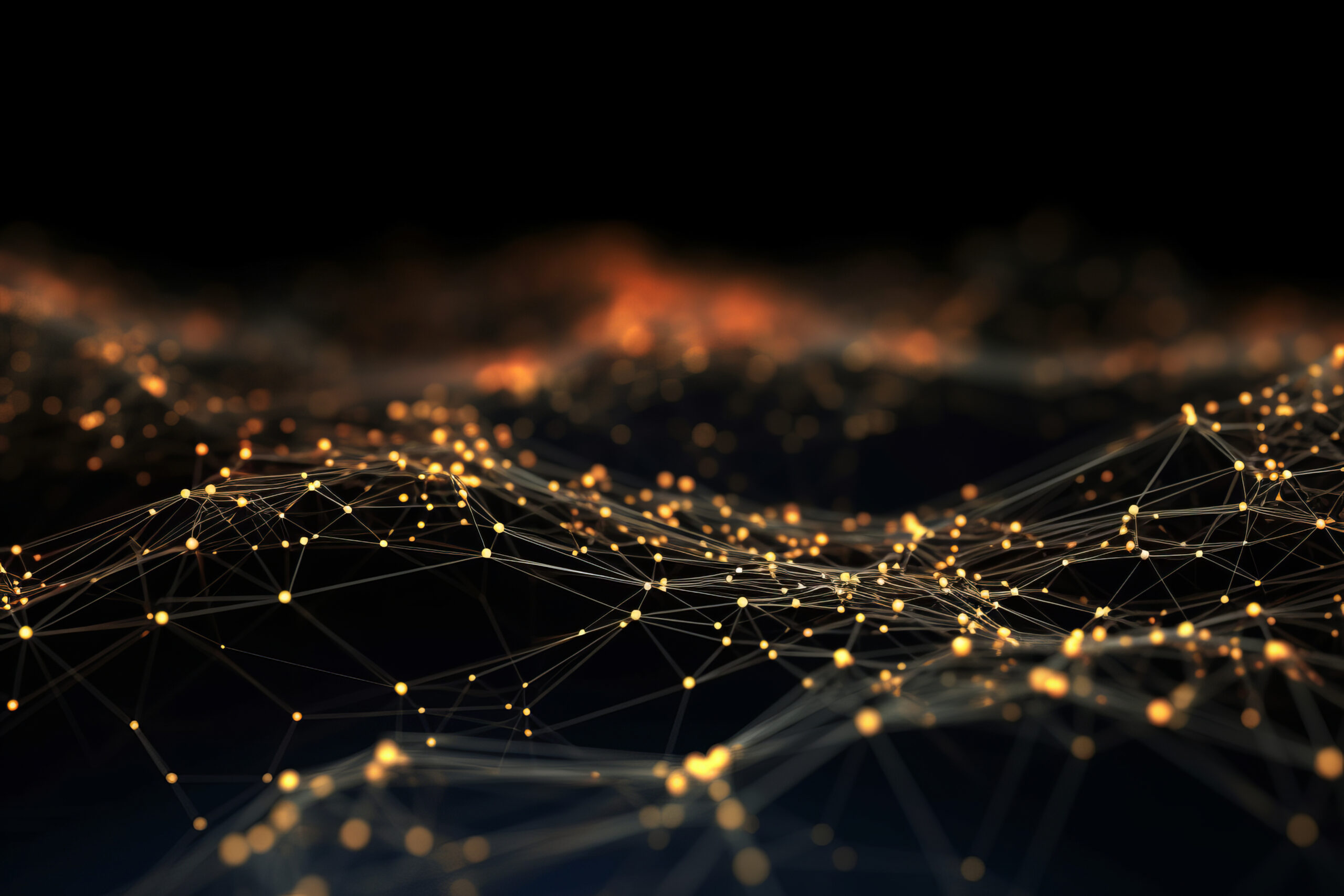
There’s a reason why scanning technology has sparked so much interest. Apparently, it’s been used to recreate ancient sites and scenes and promises to transform nuclear fusion. It’s no wonder businesses are turning to the technology to fill their 3D product catalogs. Who doesn’t want to find ways of cutting costs and finding efficiencies?
The promise is that users can get the 3D models they need more easily and for less cost – even with a few taps on a smartphone. But is that the reality the technology is delivering today? There’s no doubt the world of scanning has many benefits, and with major players like Amazon testing out their own version for Sellers to capture scans of their products to create efficient 3D models, it’s clear the technology is having a moment.
It’s not a silver bullet though – at least not yet. Businesses who are looking for high-quality 3D renders may find the scans they get from mobile options still require a considerable amount of what we call clean-up from a 3D artist undercutting the time/cost saving of creating the models from scratch. Thus, just as with any new technology that you may want to incorporate into your operational pipeline, discuss with an expert and test test test.
As businesses’ 3D modeling and rendering needs grow, it’s important to understand the different scanning technologies available, their strengths and weaknesses, and why it can be beneficial to consult with a 3D content creator like Loft3Di from the start.
From NeRF to photogrammetry – understanding the different forms of scanning
There isn’t a one-size-fits-all approach to 3D scanning, but the different technologies available – from NeRF to Gaussian Splatting – and their capabilities can be a lot to keep up with. Demystifying the technologies available needs to start with understanding what they are and how they work. We’ve provided a quick refresher below:
Photogrammetry is the process of of applying multiple overlapping photographs of an object or scene from different angles are used to create a 3D model. The software used to assemble the photos identifies identical features and produces textured 3D models.
Another major technology you might have heard of is Neural Radiance Field, otherwise known as NeRF. This technology also processes several different angles of an object. But instead of using the triangulation method of photogrammetry, identifying identical features, NeRF uses Neural Network to predict what an object looks like from other perspectives.
The technology in action
While both photogrammetry and NeRF are key players in the quest for scalable 3D, there are still some limitations in what they can capture. Businesses will want a clearer picture of which technology is best utilized with products, and which works better with 3D spaces.
Although photogrammetry can capture both 3D products and scenes, the 3D meshes it captures can be less accurate because it can’t determine object size and scale on its own. Its reliance on triangulation means that it requires its subject to be perfectly still. It also has a hard time with dark, shiny, or transparent surfaces and isn’t ideal for complex objects. There are limits to the scenes it can capture, too. For instance, it isn’t capable of rendering scenes without contours or fine details in distant scenes.
Meanwhile, although NeRF performs much better with transparent and dimly lit subjects, successful use cases have predominantly focused on 3D spaces and scenes vs. individual products.
Although there’s been a lot of hype from companies who claim their smartphone-based scanning app can create a perfect 3D model, the reality is, we’re not there yet. Scanning tech can fast-track the process, or create an efficiency first draft of a complex shape, but it may still require significant touch up work defeating the purpose of a more efficient solution. It also requires you to have the physical product which is sometimes not viable solution for businesses.
Capturing scans that work for you
To reiterate, your 3D scanning output will typically need some help from human expertise. Scans may require texture or material work, and reptopology – the process of cleaning up a 3D mesh – can make it easier to work with. Loft3Di can help you determine whether scanning is the better solution to start with based on your product types. We can clean up scans so that they’re usable in a 3D setting, but we will also offer honest advice on whether it will be easier and more efficient to build your models from scratch with photography.
Indeed, that’s one advantage of partnering with a modeling team like Loft3Di. With knowledge of the latest in 3D, we can let you know the best approach for your project goals and business needs. Connect with our team today to find out how we can help you create the scalable 3D models you’re looking for.